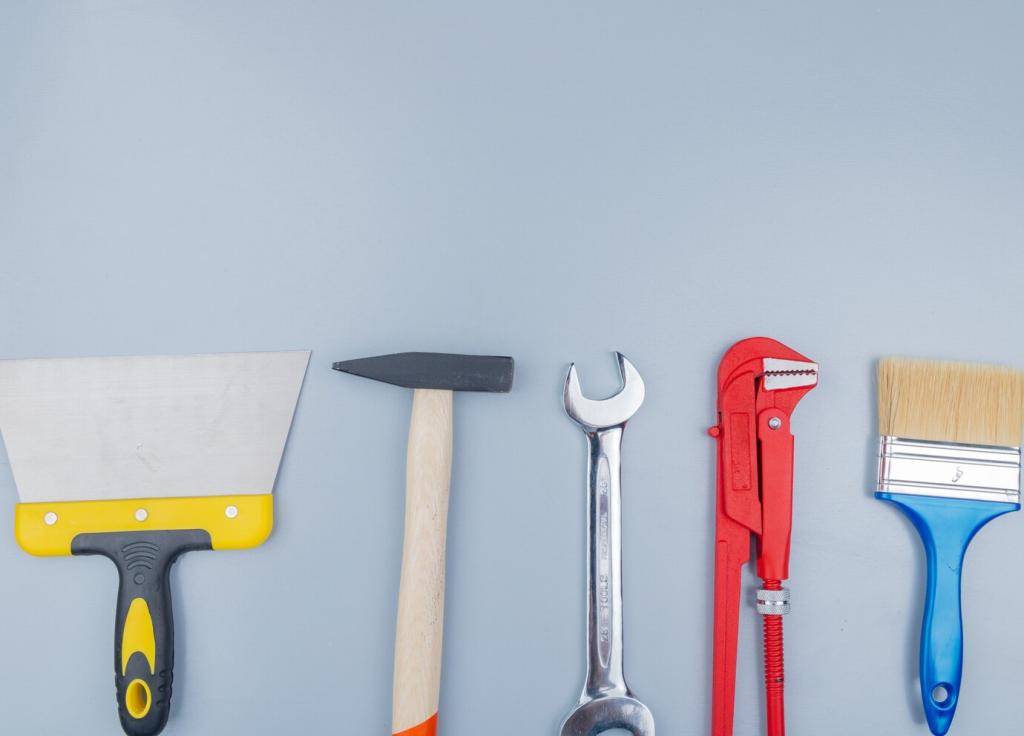
The Best Upholstery Tools for Furniture Revamp
Selected theme: The Best Upholstery Tools for Furniture Revamp. Welcome to a hands-on journey where tired chairs, sagging sofas, and wobbly ottomans get a second life with the right tools and a little courage. Stick around, share your progress, and subscribe for weekly tool wisdom and real-world upholstery stories.
Essential Hand Tools You’ll Reach For First
A tack lifter works best for prying out nails and decorative tacks without chewing the wood, while a staple puller bites under stubborn staples with leverage. Keep both nearby; your wrists will thank you. What’s your go-to remover for vintage finds? Tell us below.
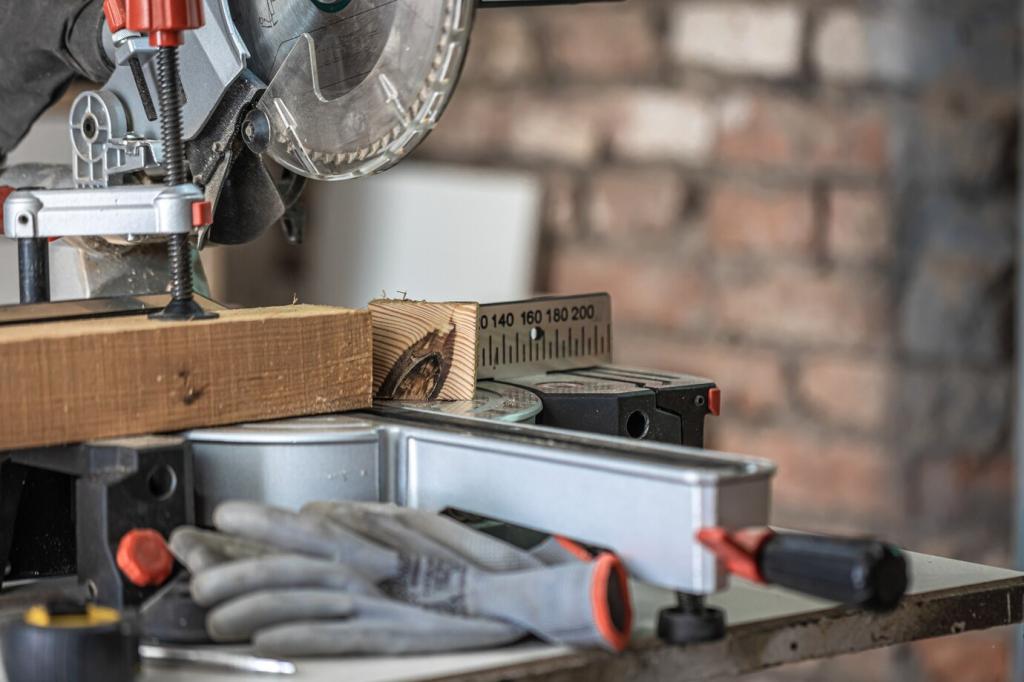
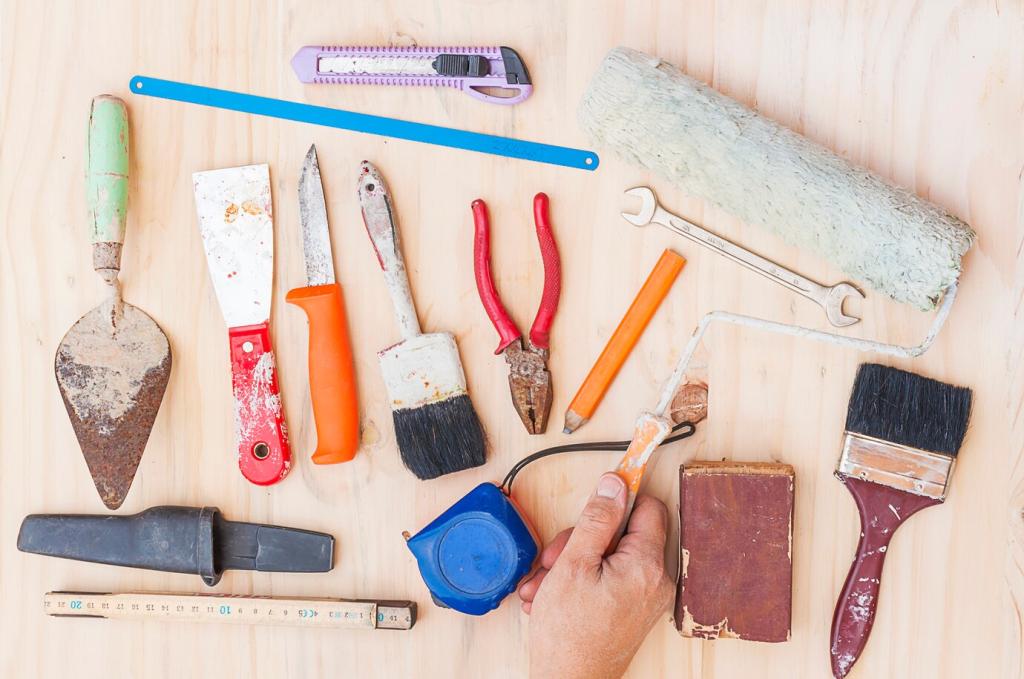
Measuring and Marking for Flawless Fit
Measure twice, cut once sounds old-fashioned, yet it saves fabric and frustration. A steel rule keeps edges straight, while a carpenter’s square helps align plaid or stripes. Share your trick for matching patterns over cushions—our readers love clever alignment hacks.
Measuring and Marking for Flawless Fit
Tailor’s chalk beats ink pens because marks brush away without staining threads. Pair it with kraft or muslin pattern paper to test curves and seam allowances. Trace, test, adjust, and trace again. Upload a photo of your pattern mockups so others can learn from your layout.
Cutting and Shaping Materials with Confidence
A sharp bread knife works in a pinch, but an electric carving knife makes straighter, smoother foam cuts. For dense foams, a hot wire bow or professional foam saw helps. Practice slow, steady strokes. Post your foam rebuild before-and-after to inspire beginners.
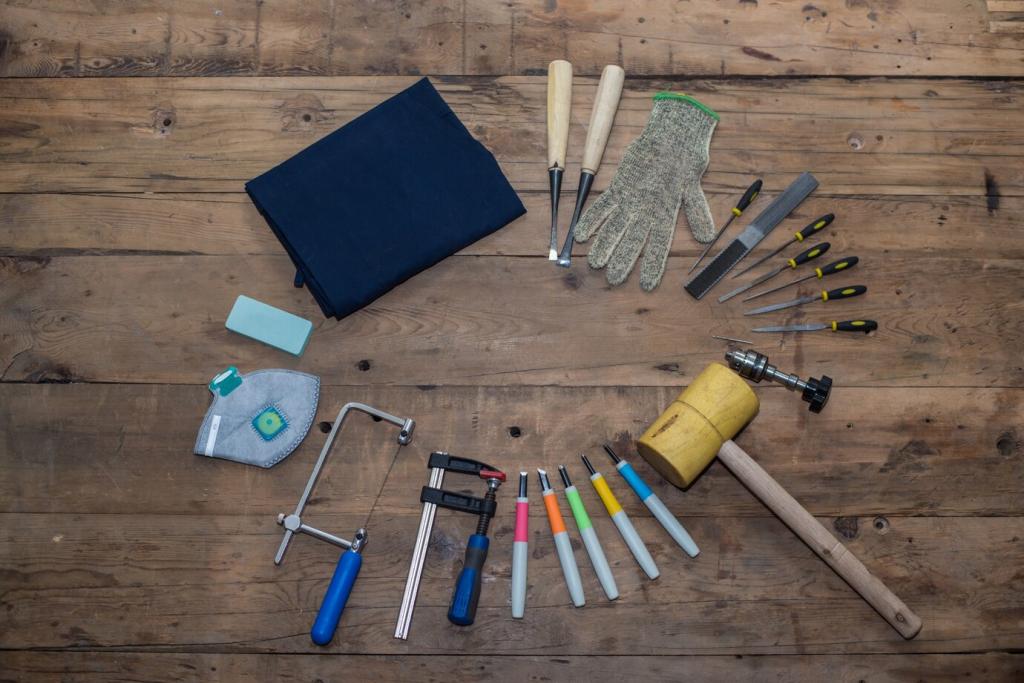
Cutting and Shaping Materials with Confidence
A 45 mm rotary cutter glides through fabric layers with minimal shifting. Pair it with a self-healing mat and pattern weights. Replace blades early; a dull edge frays weaves. What mat size keeps your workspace sane? Share your setup to help others plan their benches.
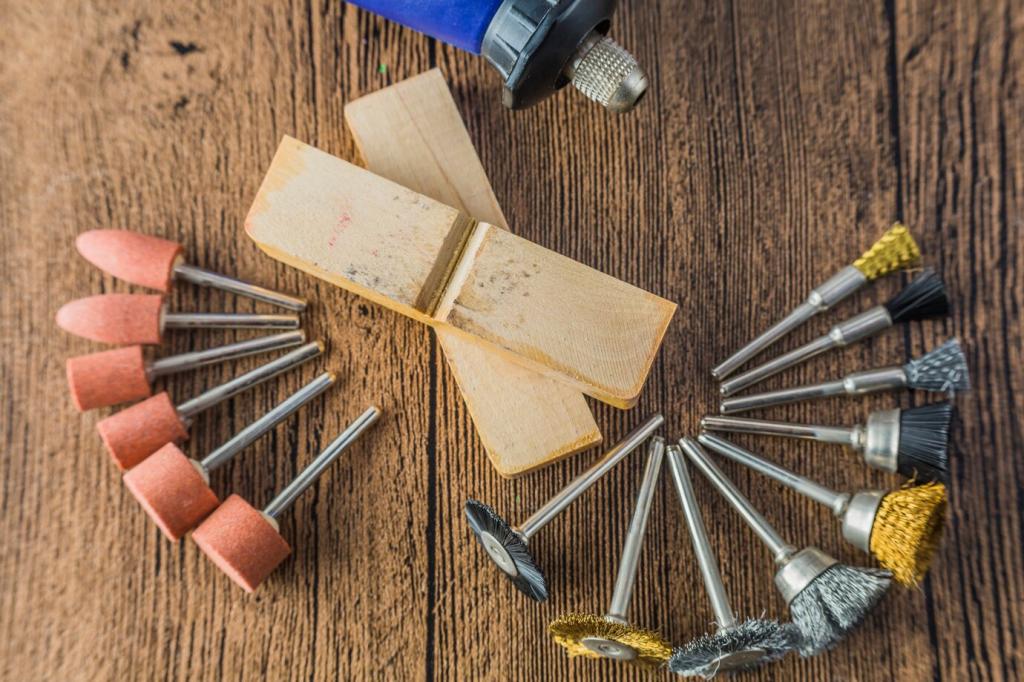
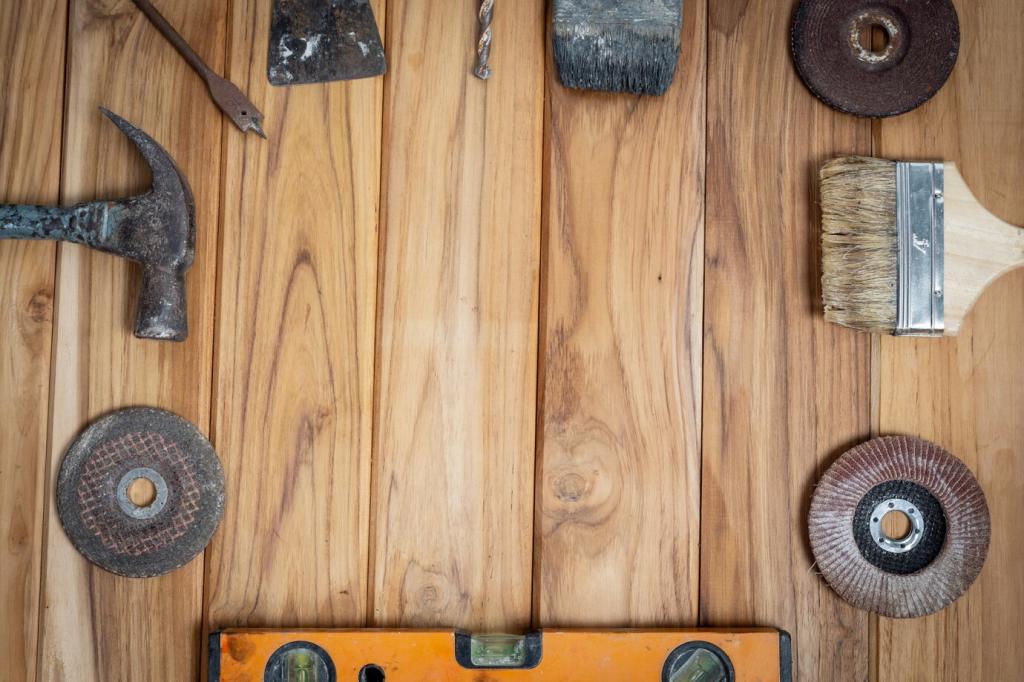
Fastening Like a Pro: Staples, Webbing, and Rings
Manual staplers build forearm strength but tire quickly on hardwood frames. A pneumatic stapler at 60–80 PSI drives 3/8-inch staples cleanly into oak without blowouts. Always test on scrap. What PSI sweet spot works for your compressor? Share your numbers and stapler model.
Fastening Like a Pro: Staples, Webbing, and Rings
A wooden or ratcheting webbing stretcher gives uniform tension across jute or synthetic webbing. Anchor with staples and clinch with tacks for heritage builds. Your seat will feel springy, not saggy. Post your tension pattern diagram to help others master crisscross support.
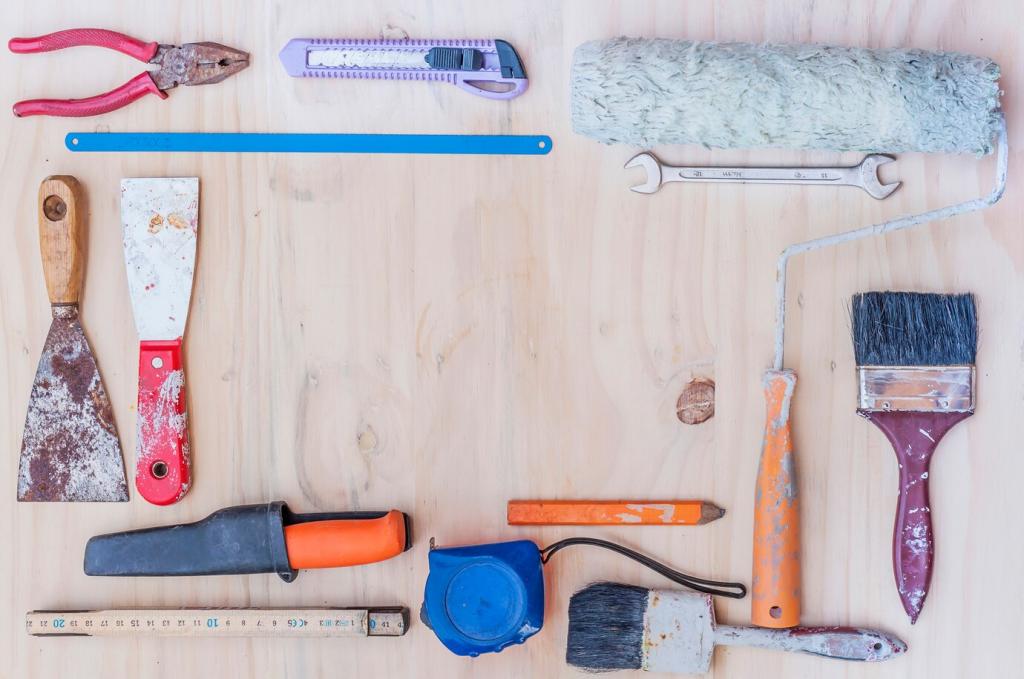
Detailing, Tufting, and Final Flourishes
A regulator smooths lumps, shifts stuffing, and aligns fabric channels without tearing fibers. Think of it as a wand for invisible fixes. A quick pass can rescue a wrinkled arm. Have a regulator rescue story? Tell us how it saved your deadline and your sanity.
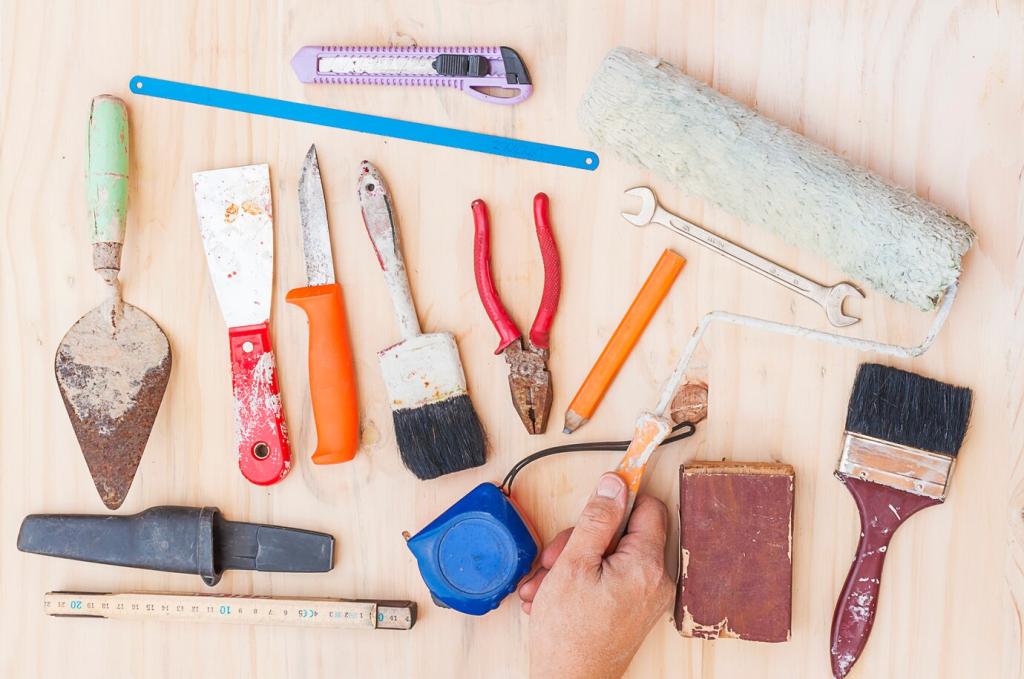
Setup, Safety, and Tool Care for the Long Haul
Drain your compressor tank after sessions to prevent rust, and coil hoses to avoid kinks and tripping hazards. Quick-connect couplers save time, too. What compact compressor fits your small shop? Recommend your model and duty cycle so others can size their setups right.
Setup, Safety, and Tool Care for the Long Haul
Sharp blades reduce fray and fatigue. Strop shears routinely and swap rotary blades early. For staplers, oil daily-use pneumatics, clear jams promptly, and store unloaded. Share your maintenance schedule; consistent habits turn weekend warriors into confident craftspeople.
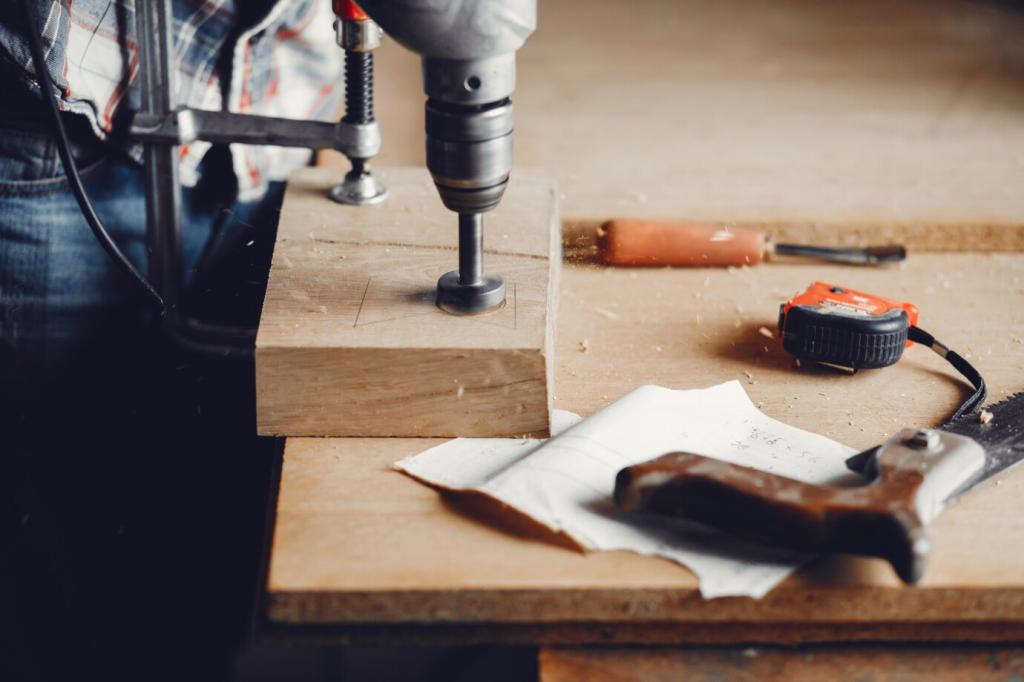
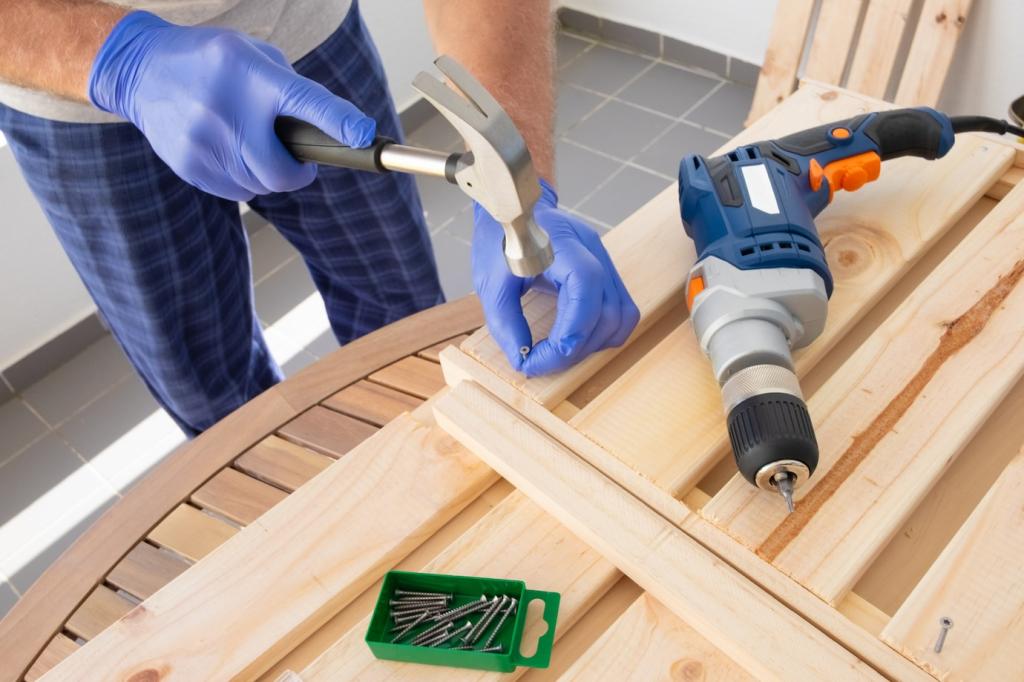
Join our mailing list
